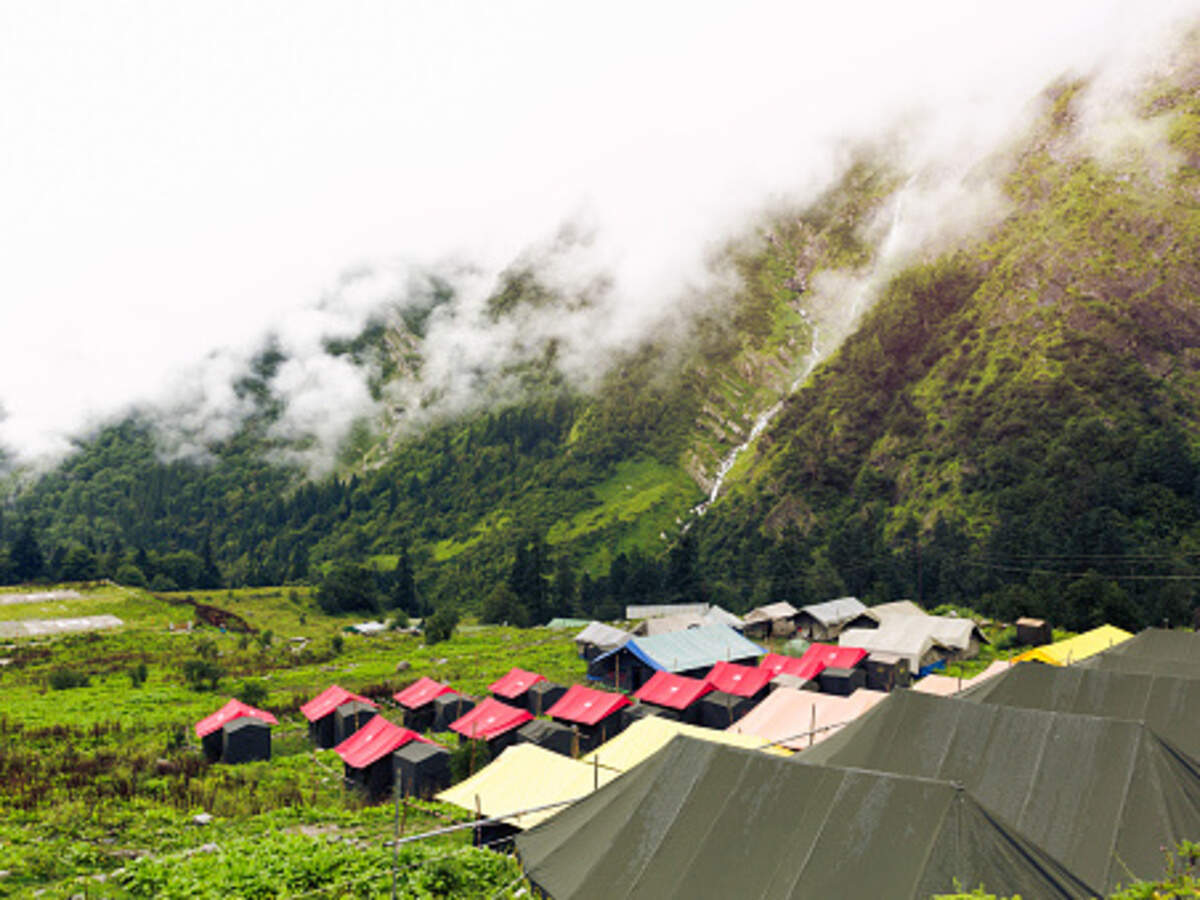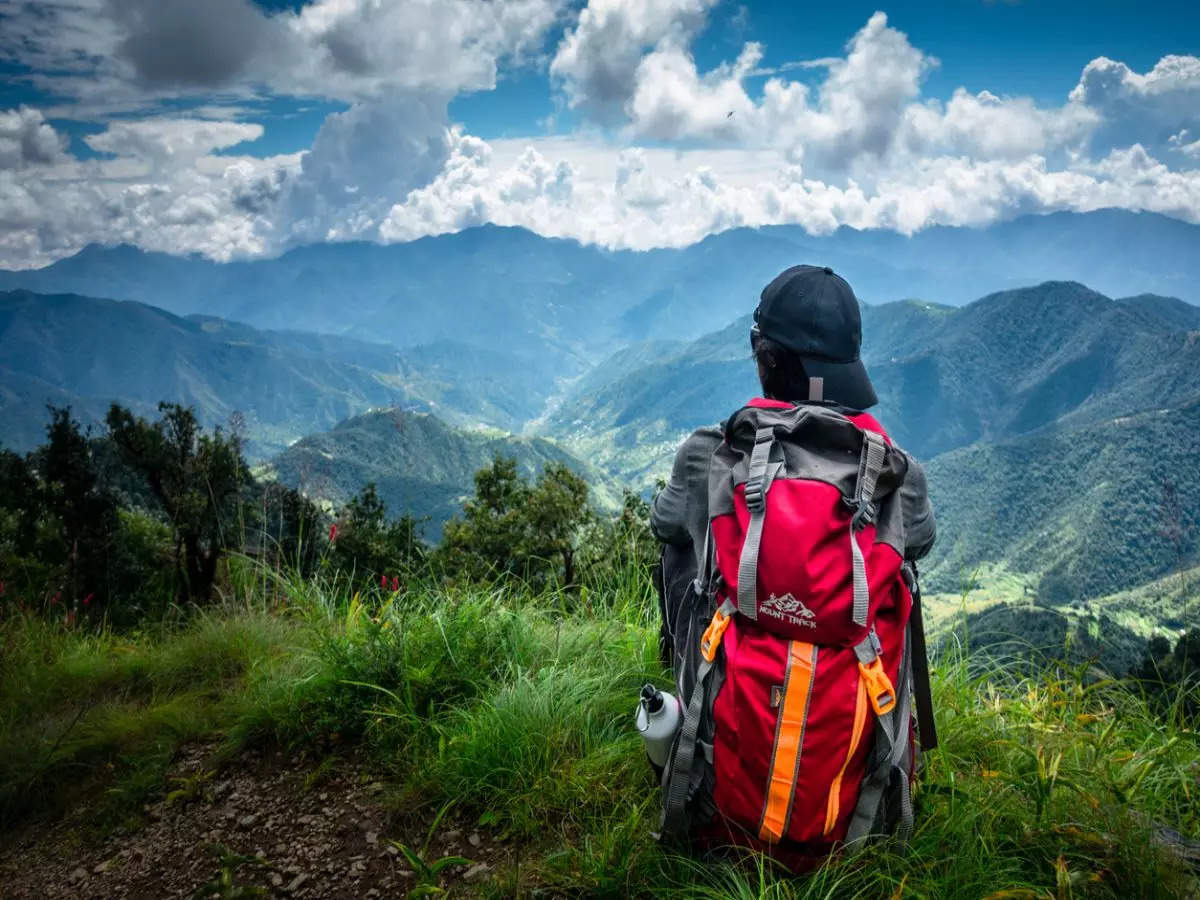Uttarakhand: A Sanctuary of Eco-tourism in the Himalayan Embrace
Uttarakhand, nestled amidst the majestic Himalayas, presents a compelling tapestry of natural beauty, spiritual significance, and cultural richness. This northern Indian state, often referred to as “Devbhumi” (Land of Gods), is rapidly emerging as a premier destination for eco-tourism, offering a sustainable and immersive experience for travelers seeking to connect with nature’s grandeur. Beyond the well-trodden pilgrimage routes, Uttarakhand’s diverse landscapes, from verdant valleys to snow-capped peaks, provide a fertile ground for responsible tourism practices that prioritize conservation and community engagement.
Uttarakhand’s ecological diversity is its crowning glory. The state is home to a plethora of flora and fauna, many of which are endemic to the region. Eco-tourism initiatives are designed to showcase this biodiversity while ensuring its preservation.
National Parks and Wildlife Sanctuaries: Habitats of the Wild

Corbett National Park: India’s oldest national park, Corbett, is a haven for wildlife enthusiasts. It’s renowned for its tiger population, but also boasts a rich array of other species, including elephants, leopards, and various deer species. Eco-tourism here focuses on guided safaris that adhere to strict regulations, minimizing disturbance to wildlife. Visitors are encouraged to appreciate the natural environment without leaving a trace.
Forest Trails and Trekking Routes: Immersing in Nature’s Serenity
The Chopta-Tungnath-Chandrashila Trek: This popular trek offers breathtaking views of the Himalayan peaks and passes through dense forests and alpine meadows. Eco-tourism initiatives here focus on promoting responsible trekking practices, such as carrying out waste and using designated campsites.
Rivers and Water Bodies: The Lifeblood of Uttarakhand
The Ganges River: The holy Ganges originates in the Gangotri Glacier in Uttarakhand. Eco-tourism initiatives here focus on promoting river conservation and responsible rafting and kayaking activities.

A crucial aspect of eco-tourism in Uttarakhand is the involvement of local communities. By empowering them to participate in tourism activities, eco-tourism contributes to sustainable livelihoods and cultural preservation.
Homestays and Village Tourism: Experiencing Rural Life
Village Homestays: Many villages in Uttarakhand offer homestay experiences, allowing visitors to experience the traditional lifestyle of the local inhabitants. These homestays provide income opportunities for villagers and promote cultural exchange.
Handicrafts and Local Products: Supporting Artisans
Handicraft Cooperatives: Many communities in Uttarakhand are involved in producing traditional handicrafts, such as woollen garments, wooden artifacts, and handwoven textiles. Eco-tourism initiatives promote the sale of these products, providing income opportunities for local artisans.
Cultural Festivals and Traditions: Celebrating Heritage
Local Festivals: Uttarakhand is rich in cultural festivals, such as the Kumbh Mela, Nanda Devi Raj Jat Yatra, and various local fairs. Eco-tourism initiatives promote responsible participation in these festivals, ensuring that they are conducted in a sustainable manner.

Eco-tourism in Uttarakhand is committed to minimizing its environmental impact through various sustainable practices.
Waste Management and Pollution Control: Keeping Uttarakhand Clean
Waste Segregation and Recycling: Eco-tourism initiatives promote waste segregation and recycling, reducing the amount of waste that ends up in landfills.
Energy Efficiency and Renewable Energy: Reducing Carbon Footprint
Solar Energy: Many eco-tourism facilities in Uttarakhand utilize solar energy for lighting and heating, reducing their reliance on fossil fuels.
Responsible Trekking and Camping: Protecting Fragile Ecosystems
Leave No Trace Principles: Eco-tourism initiatives promote the “Leave No Trace” principles, encouraging visitors to minimize their impact on the environment.
Despite its immense potential, eco-tourism in Uttarakhand faces several challenges, including infrastructure development, waste management, and the need for greater awareness among tourists. However, these challenges also present opportunities for innovation and sustainable growth.
Infrastructure Development: Balancing Accessibility and Conservation
Sustainable Infrastructure: Future infrastructure development in Uttarakhand should prioritize sustainability, minimizing environmental impact and promoting the use of eco-friendly materials.
Awareness and Education: Fostering Responsible Tourism
Tourist Awareness Campaigns: Eco-tourism initiatives should invest in tourist awareness campaigns to educate visitors about responsible tourism practices.
Monitoring and Evaluation: Ensuring Sustainability
Impact Assessments: Regular impact assessments can help monitor the environmental and social impacts of eco-tourism and identify areas for improvement.
Uttarakhand’s eco-tourism sector holds immense promise for sustainable development, offering a unique blend of natural beauty, cultural richness, and community engagement. By embracing responsible tourism practices, Uttarakhand can preserve its pristine environment and empower local communities, creating a model for sustainable tourism in the Himalayas and beyond.


